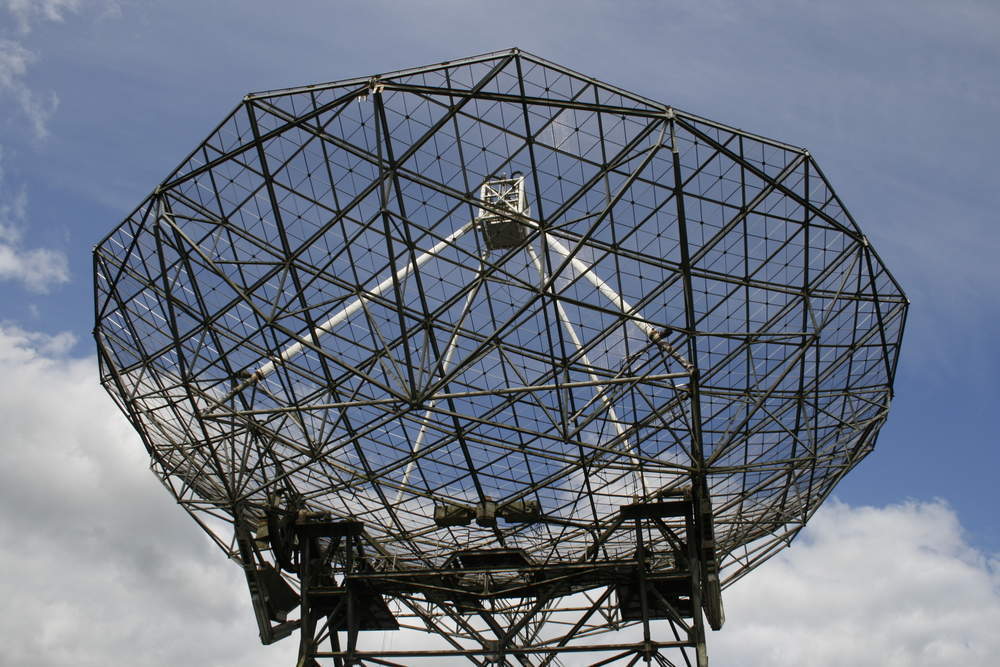
Straight Path Communications has been acquired by Verizon for $3.1bn because Straight Path holds millimetre wave spectrum licenses that have been approved by the FCC to be used for 5G.
This ends a short but fierce bidding war that began in April, when AT&T offered $1.25bn in stock for Straight Path.
A mystery bidder (which turned out to be Verizon) came up with a counter-offer. Fast forward a few weeks, and Straight Path’s spectrum assets are, in the end, going to Verizon.
The purchase represents a stunning 1,400 times multiple on Straight Path’s 2016 revenue of $2.2m, never mind the company’s $9m operating loss.
But today, its spectrum is deemed critical for two operators that are readying their networks for the massive upgrade to 5G.
The next-generation wireless technology has been hyped to represent a giant step in mobile computing capabilities.
How well do you really know your competitors?
Access the most comprehensive Company Profiles on the market, powered by GlobalData. Save hours of research. Gain competitive edge.

Thank you!
Your download email will arrive shortly
Not ready to buy yet? Download a free sample
We are confident about the unique quality of our Company Profiles. However, we want you to make the most beneficial decision for your business, so we offer a free sample that you can download by submitting the below form
By GlobalDataIt feeds into plans for fixed and mobile with very low latency, high-speed services, with quality of service guarantees.
5G promises to be the basis for futuristic applications such as autonomous cars, vehicle-to-vehicle communications, interactive gaming and remotely controlled robots that run mission-critical manufacturing processes.
But will these promises hold up and was the investment worth it?
The good news is that Verizon and other operators are getting the spectrum they need to support the high bandwidth services they are promising.
AT&T already has considerable millimetre wave assets gained from its acquisition of another millimetre wave spectrum holder, named FiberTower, back in February.
In 2018, Verizon will have the option to buy even more millimetre wave spectrum that it now leases, related to the acquisition of a company called XO Communications.
Other US operators are putting together spectrum portfolios on different bands.
T-Mobile plans to build its 5G network by using lower-band 600 MHz spectrum it recently acquired.
Sprint, SoftBank and Qualcomm are working together on 5G technologies for commercial service leveraging Sprint’s 2.5 GHz spectrum, starting in late 2019.
The bad news is millimetre wave technology itself.
Millimetre wave has been neither cheap nor low-power. There are lots of technological advancements that need to happen for millimetre wave to achieve its potential such as beam forming, dynamic load balancing, and seamless interoperability with traditional cellular networks.
Just like every previous generation of cellular networks, operators will invest big, struggle to launch services that are differentiated and compelling, and then race to make returns on their huge investments.




Related Company Profiles
Qualcomm Inc
SoftBank Corp